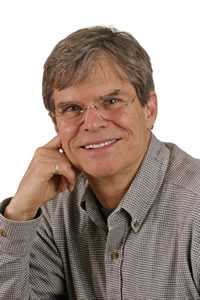|
I did not realize until a recent family-based story was accepted at Glimmer Train that the opening sentence was essentially the same as the one beginning a family story that appeared in Glimmer Train several years back.
The older story begins this way: This is my mother, in 1952, standing at the edge of Oak Drive, leaning against one of the Armstrongs' twin Buicks.
The newer one opens: This is my father outside the house in the wintertime, standing just away from the Studebaker.
I choose to believe it is the power of the auto/person images rather than a lack of writer imagination that has two stories written several years apart open with such similar images. And I think it is the old cars that give those images the power they had for me—the power to spawn stories. The recollection of a parent from the perspective of one's early childhood— in these stories the narrator is six and eight, respectively—is hazy at best. Or maybe, from one writer's experience anyway, is hazy at worst, and brought into magically enhanced-for-fiction focus next to an automobile from the '50s. The cars are real to me; I remember them better than I remember the far-more-important people next to them. And maybe it is the cars' weight and substance and relative immutability that lend some of those qualities to the people who, after all, were as they were on that imaginary day only on that day; and were also so fully unknown as people to the little boy "seeing" them there.
Jackson Browne's wonderful lines about looking through some photographs I found inside a drawer [and being] taken by a photograph of you carry the same message, I think. And while neither of the opening sentences comes from an actual photograph, once I saw the characters in their settings, the images took hold of me as strongly as real photos would, and were filled with enough emotion to launch stories. And perhaps it is not the specific cars themselves (though I do remember the insides of the Buick and the Studebaker) so much as it is their vintage—their sitting parked in the war-built neighborhood where I grew up—that carries the emotional seed.
The cars are anchors of that faraway time and place as surely as real anchors are to a vessel—holding me there, making me look around, sniff the air and see my mother and father in youth, in hope and at the tip of what seemed a limitless future; and then begin to explore what might happen to them from that moment of standing under the blue sky, near our tiny house, next to a car.
| 

